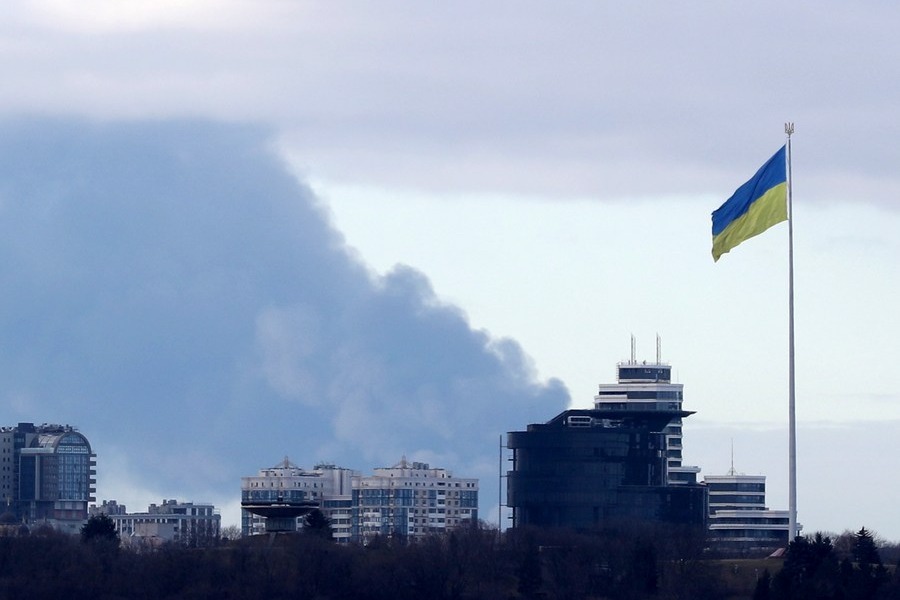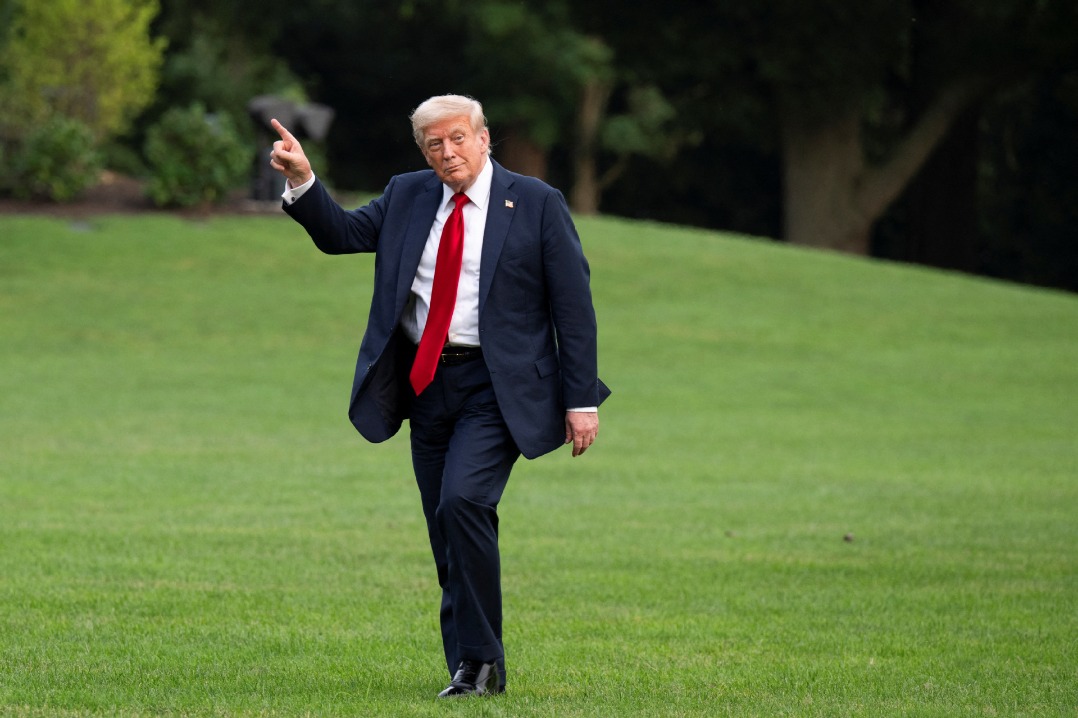WHO: True death toll of COVID-19 thrice more than believed


COVID-19 directly or indirectly killed almost 15 million people globally in 2020 and 2021, three times as many as official data show, according to a new estimate by the World Health Organization (WHO) on Thursday.
That figure is 2.7 times higher than the 5.4 million deaths that governments around the world reported to the global health agency for the period between Jan 1, 2020, and Dec 31, 2021.
The WHO's analysis used mathematical modeling to calculate "excess mortality" for 2020 and 2021 — how many more people died than would normally be expected based on mortality in the same area before the pandemic hit.
The WHO believes many countries undercounted the numbers of those who died from COVID; only 5.4 million were reported.
In India, there were 4.7 million COVID deaths, WHO said, 10 times the official figures and almost a third of COVID deaths globally.
William Msemburi, technical officer for WHO's department of data and analytics, said Thursday that the 4.74 million figure has a wide "uncertainty interval" ranging from as low as 3.3 million to as high as 6.5 million.
India rejected the WHO's findings. The country's health ministry said Thursday that India "strongly objects to use of mathematical models for projecting excess mortality estimates'', insisting that the WHO should instead rely on "authentic data" it has provided.
The global health agency said that the United States ended the second year of the pandemic with close to 1 million COVID-related deaths. Its estimate suggested that 932,458 people had died by the end of December 2021, a figure that is 13 percent higher than the 818,463 deaths the country reported at that time.
The 14.9 million deaths include deaths directly attributed to COVID-19 that were reported to the WHO, deaths directly attributed to COVID-19 that weren't counted or reported, and deaths indirectly associated with the pandemic due to the wider impact on health systems and society.
The figure also subtracts any deaths that were avoided due to changes in social behaviors, such as fewer fatalities from car wrecks because of lockdowns or travel restrictions.
Msemburi said that about 57 percent of the excess deaths were in men, and 82 percent were in people above the age of 60. Nearly 70 percent of the excess deaths were concentrated in 10 countries, including the US.
Deaths weren't evenly distributed around the world. The WHO says about 84 percent of the excess deaths were concentrated in Southeast Asia, Europe and the Americas.
And about 68 percent of the excess deaths were identified in 10 countries. The WHO listed them in alphabetical order: Brazil, Egypt, India, Indonesia, Mexico, Russia, South Africa, Turkey and the US.
Overall, the WHO found that the number of excess deaths was much closer to reported COVID-19 deaths in high-income countries than in lower-income countries.
Somnath Chatterji, senior adviser with the WHO's Data and Analytics department, emphasized the importance of the excess mortality numbers in the WHO's report.
"These are not numbers for the sake of numbers," he said, noting that in addition to the number of deaths directly attributable to COVID-19, the data "estimate the collateral damage that has happened because of COVID, because of disruptions in health services".
"So if these numbers were to be tracked in a timely manner, then actually, governments would have been able to drive interventions to the right people at the right time at the right place, right? Which has clearly not happened, and which is why we are seeing these excess deaths," Chatterj said.
"These data not only point to the impact of the pandemic but also to the need for all countries to invest in more resilient health systems that can sustain essential health services during crises, including stronger health information systems," WHO Director-General Tedros Adhanom Ghebreyesus said in a statement.
Agencies contributed to this story.

































